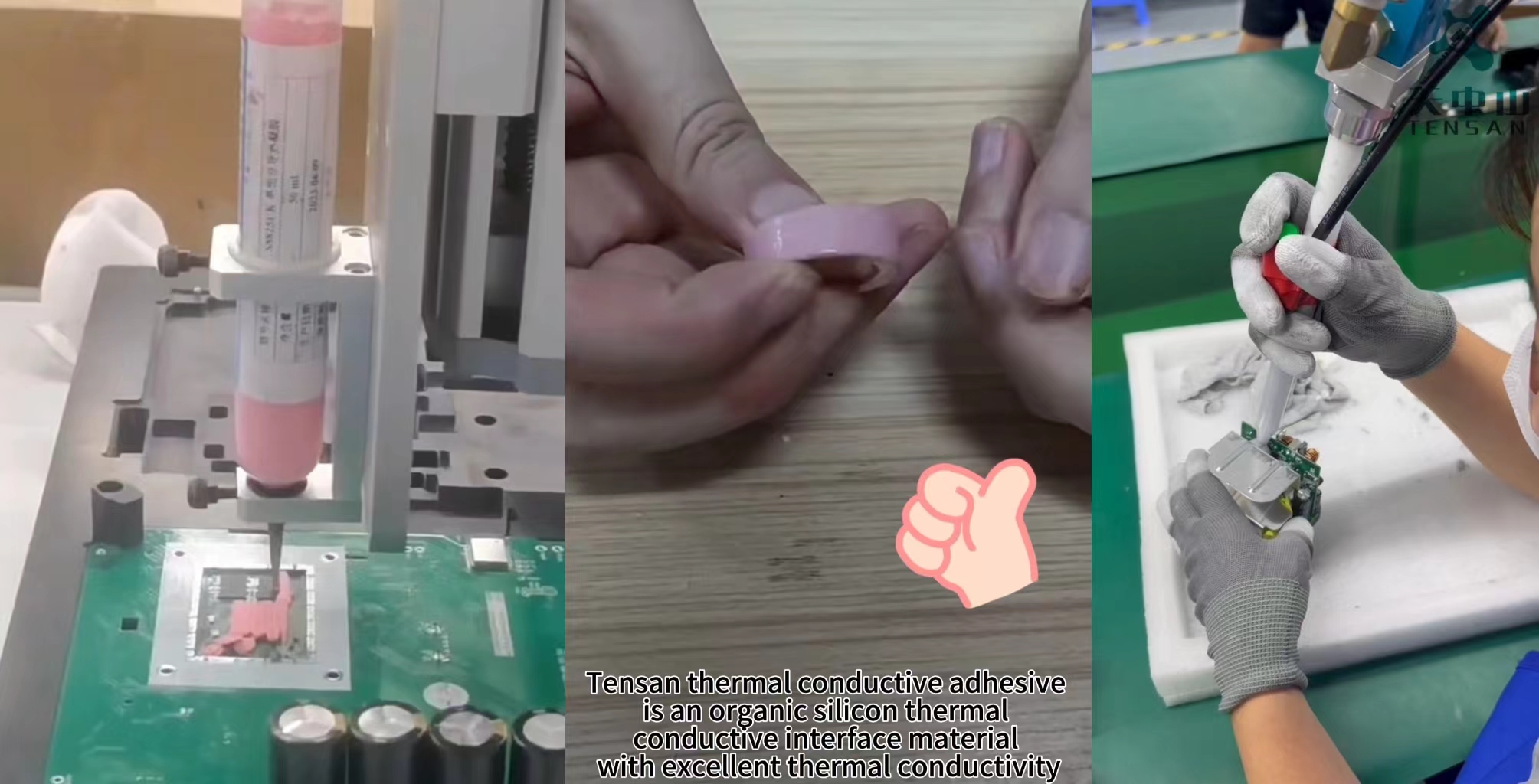The difference between thermal grease and thermal gel
What is thermal gel?
Thermal gel is a thermal conductive material with extremely high viscosity, which is mixed by a variety of thermal conductive powders and thermal conductive silicone after full curing. Thermal silicone gel is a high thermal conductivity insulating silicone material that is almost uncured and can remain in a grease state for long-term use at temperatures from -40°C to +200°C. It not only has excellent electrical insulation, but also has excellent thermal conductivity, and has low oil separation (close to zero), high and low temperature resistance, water resistance, ozone resistance, and weather resistance.
What is thermal grease?
Thermal grease is a material used to fill the gap between the CPU and the radiator. This material is also called thermal paste, thermal paste, thermal glue, thermal putty, heat dissipation paste and GPU thermal paste. Its function is to transfer heat from the CPU to the radiator, so that the CPU temperature is kept at a stable working level, to prevent the CPU from being damaged due to poor heat dissipation, and to extend its service life.
1. Different materials
Thermal grease is a thermal grease compound made of silicone as the main raw material and materials with excellent heat resistance and thermal conductivity
Thermal gel: It is a high-end thermal conductive compound.
2. Different characteristics
Thermal grease has high thermal conductivity, excellent thermal conductivity, good electrical insulation (only for insulating thermal grease), wide temperature range, good stability, low viscosity and good construction performance.
Thermal thermal gel releases low molecules through the condensation reaction of moisture in the air to cause cross-linking and curing, and then vulcanizes into a high-performance elastomer. It has excellent resistance to cold and hot alternation, aging resistance and electrical insulation. And it has excellent moisture resistance, shock resistance, corona resistance, leakage resistance and chemical resistance.
3. Different uses
Thermal paste is used for gap filling and heat transfer between chips and heat sinks such as power amplifiers, transistors, electron tubes, CPUs, high-power transistors, switch tubes, integrated circuits, etc.
Thermal conductive gelis widely used in LED chips, communication equipment, mobile phone CPUs, memory modules, IGBT and other power modules, power semiconductors, etc.
4. Different service life
The service life of thermal conductive gel is longer than that of thermal conductive silicone grease.
Thermal conductive gel does not dry for a long time and can be compressed infinitely. It can guarantee a service life of more than 10 years. Some manufacturers refer to thermal conductive gel as liquid thermal conductive silicone sheet.
But the life of thermal conductive silicone grease (thermal putty) is shorter than that of all thermal conductive interface materials. After half a year of use, thermal conductive silicone grease begins to dry slowly and can be completely turned into powder within 2 years. It will turn into dust if you pinch it, and thermal conductive silicone grease will also lose its thermal conductivity. This is the end of the life of thermal conductive silicone grease. This is also the situation where thermal conductive silicone grease is often complained about, and it is also the fatal bottleneck in the development of thermal conductive silicone grease.
There are many differences between thermal conductive gel and thermal conductive silicone grease, such as thermal resistance, thickness, etc. Therefore, this evidence shows that thermally conductive gel is not thermally conductive silicone grease, and both have their own uses. Customers can choose to use thermally conductive gel or thermally conductive silicone grease or other thermally conductive materials according to product characteristics and structural requirements.









